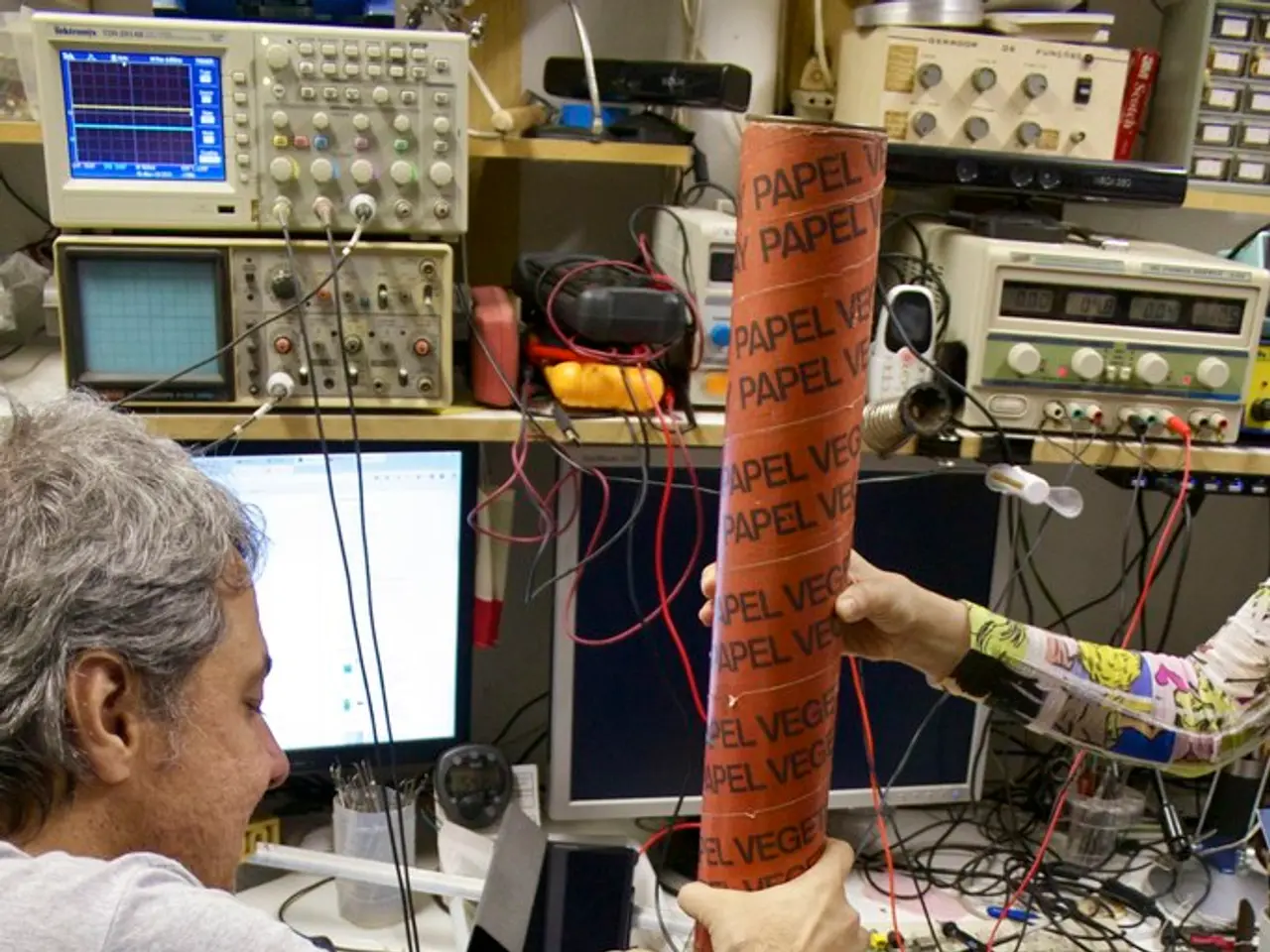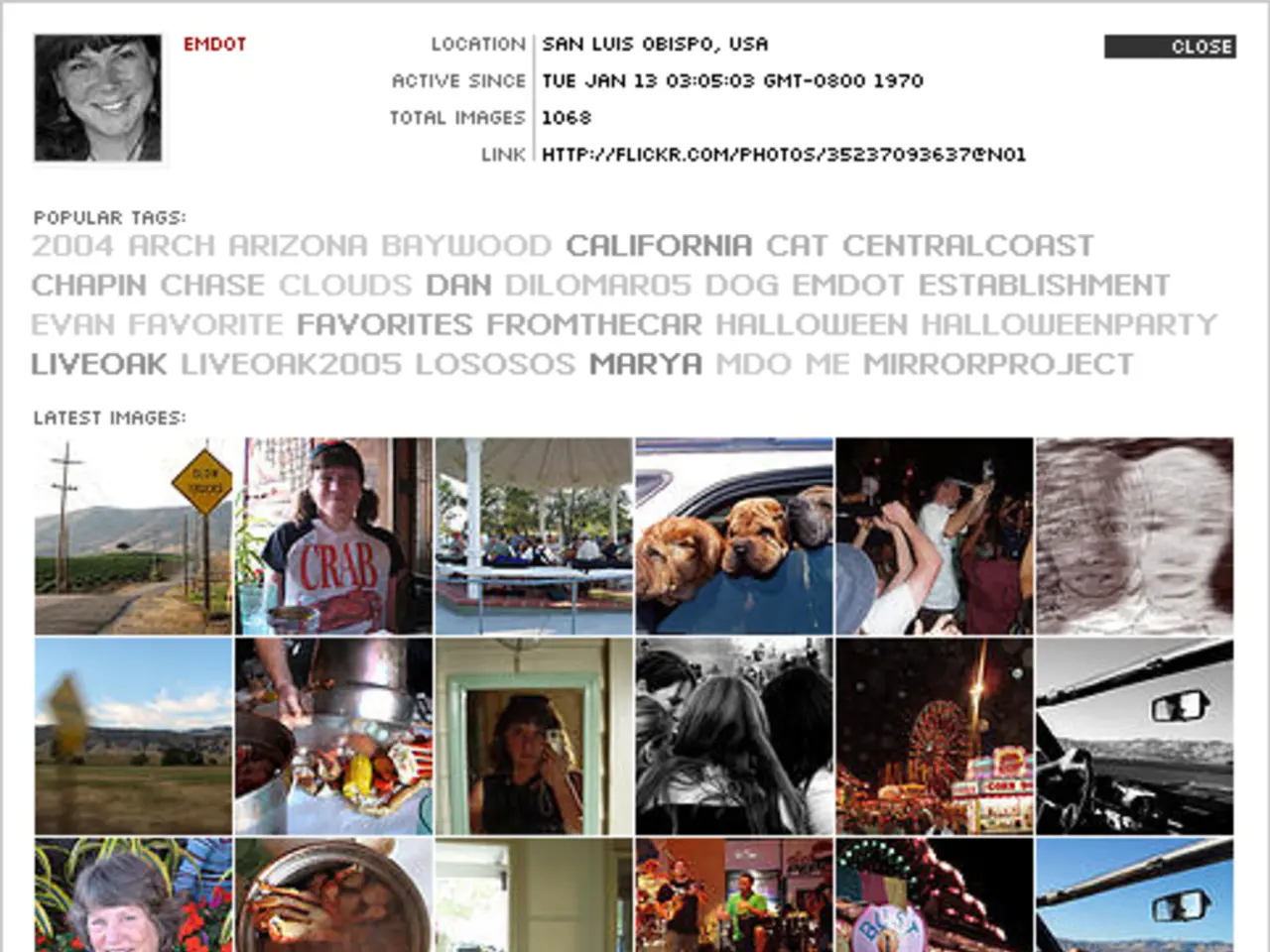The Functioning and Components of Enhanced Perception Technology
In the ever-evolving digital world, Augmented Reality (AR) is making significant strides, particularly in the healthcare sector. This innovative technology, which allows users to interact with digital objects in real-time, is set to revolutionise the industry by offering a more immersive and interactive experience.
The core components of AR - hardware, software, and the user - are all integral to its success. AR technology has been in development since the 1960s, with Ivan Sutherland's creation of a head-mounted display marking its inception. Today, AR works by using a camera and sensors to detect the real world and overlay digital content onto it, providing a seamless blend of the virtual and the physical.
One of the most promising applications of AR in healthcare is in surgical assistance. AR software provides surgeons with an 'augmented view' of the human body, integrating enhanced images such as CT or MRI scans directly into their field of vision. This not only allows for more precise and safe operations but also aids in the visualisation of detailed body parts, tumour edges, and blood vessels, making surgeries more accurate.
AR is also making strides in medical training, offering interactive learning experiences. While Virtual Reality (VR) is prominent in this area, AR is starting to gain traction, providing a more natural and intuitive way for learners to interact with digital content.
Patient care and education are another area where AR is making a significant impact. By visually demonstrating how drugs work in 3D, AR can help patients understand their health better and become more involved in their treatment plans. AR devices can also assist in explaining complex health information to patients in an engaging and intuitive way.
In emergency situations, AR applications are being used to locate automated external defibrillators (AEDs) quickly, improving response times. Portable scanners can project an accurate image of the venous system onto the skin, facilitating venous access and reducing errors during blood collection.
The integration of AR with Artificial Intelligence (AI) and Robotics is another exciting development. AR can be combined with AI to analyse medical images and provide real-time suggestions during surgeries. Robots can follow AR instructions to perform delicate tasks, enhancing accuracy and efficiency.
Despite the numerous benefits, the widespread adoption of AR in healthcare requires further clinical validation and compliance with regulatory standards. However, with the rapid advancement of AR technology, integrating Extended Reality (XR) and advancements in computer vision and machine vision, the future of AR in healthcare looks bright.
In conclusion, AR has the potential to transform healthcare by providing more precise, intuitive, and interactive experiences for both healthcare professionals and patients. Whether it's in surgery, medical training, patient care, or emergency situations, AR is poised to make a significant impact on the industry.
Science and technology intersect in the development and application of Augmented Reality (AR) in healthcare. The integration of AR with Artificial Intelligence (AI) and Robotics is an exciting scientific advancement that could revolutionise surgical procedures, medical training, and patient care by providing real-time suggestions, facilitating precise operations, and enhancing the understanding of complex health information.




